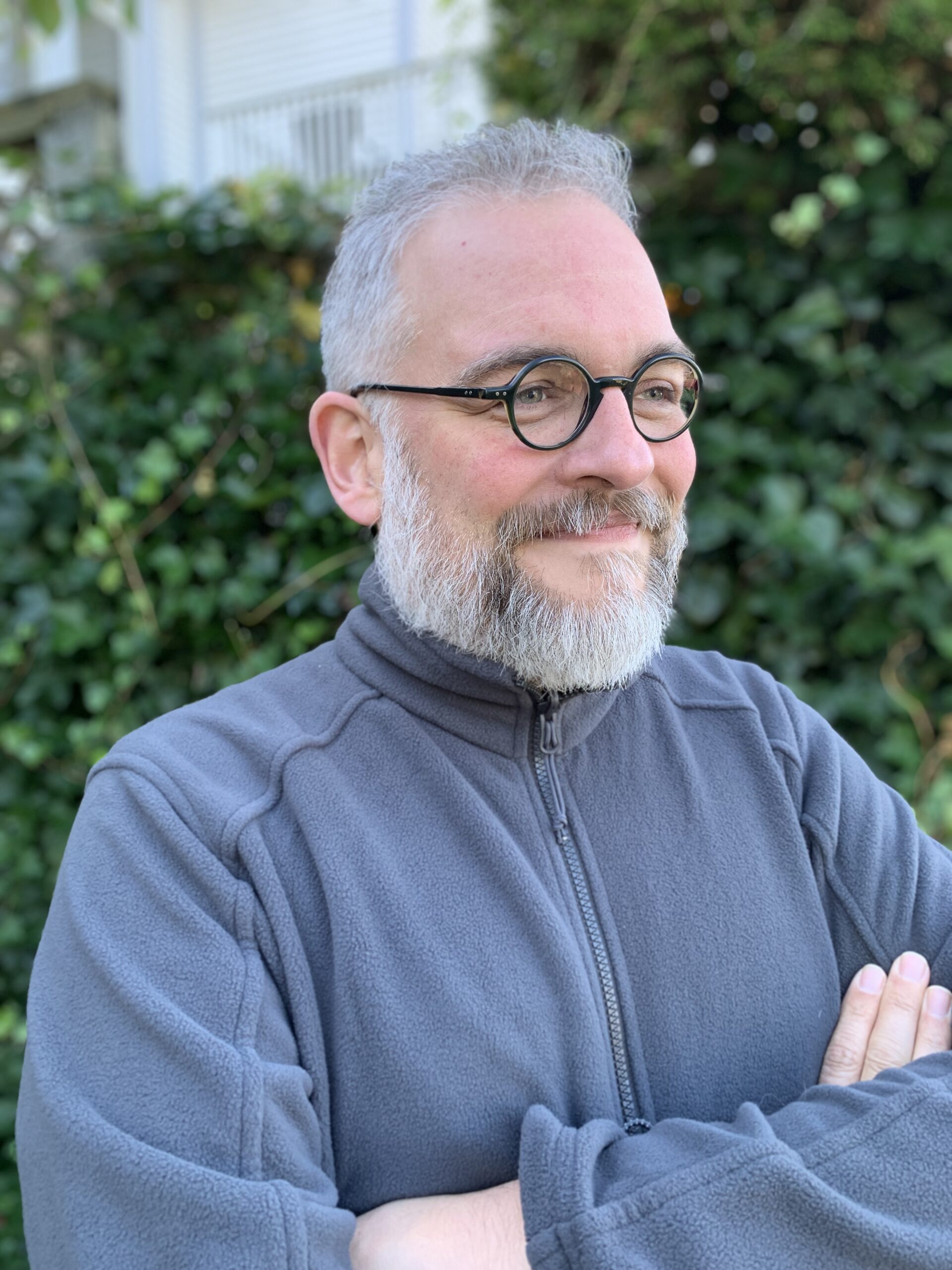In our fast-paced world, where time and commitments vie for our attention, entering a church for the first time or returning can be a significant decision. It may be driven by curiosity, a quest for meaning, or a desire to reconnect with a spiritual community. Although we recognize the importance of first impressions that visitors form of our church, it’s often the second visit that carries greater significance on their faith journey.
The initial visit is an introduction, offering a glimpse into the essence of a church community. It allows visitors to establish their initial comfort levels and gain an understanding of what to expect. Many factors, including the warmth of the welcome and the impact of the sermon, contribute to this first impression. In today’s digital age, some individuals form their initial impressions before they physically attend, by watching online services. It’s crucial to remember that first-time visitors often come driven by curiosity rather than deep commitment; thus, it may not be the right time to offer them a box of envelopes!
Curiosity might lead someone through the church doors for the first time, but it’s the second visit that signifies a deeper level of commitment and openness. Returning for a second time demonstrates a willingness to explore their faith on a deeper level, engage with a community, and seek answers to spiritual questions.
One of the most important aspects of any church community lies in the relationships that blossom within it. The second visit provides newcomers with an opportunity to begin forging connections with those who have made this place their spiritual home. It’s a chance to put names to faces, engage in meaningful conversations, and start experiencing a sense of belonging. While offering a warm welcome during the first visit is essential, it’s equally, if not more, important to extend a specific welcome when they return for the second time. These connections can play a transformative role in our faith journeys.
Following the initial visit, doubts and questions might surface. The second visit becomes an opportunity to ask questions about why our church practices certain traditions or rituals. It’s essential to recognize that these questions aren’t necessarily judgments but chances to share the significance of our traditions. If there’s no clear rationale behind our practices, these inquiries allow us to explore and reevaluate them. Valuable insights about the impressions our church conveys during the first and second visits often come to light only after individuals have made their return.
Regular worship, beginning with the second visit, marks a significant step in one’s faith journey. It conveys a powerful message, not only to the individual but also to the church community. Committed members play a pivotal role in nurturing a vibrant and supportive congregation. Second-time visitors can find themselves increasingly drawn into the fabric of a church family upon their return. To further enhance this sense of belonging, the church community can reflect on the commitments made to new members, especially when they come back for their second visit. Our warmth, support, and willingness to engage can make a profound difference. Effective follow-up communication ensures that newcomers feel valued and genuinely welcomed.
The journey of faith is deeply personal and introspective. While the first visit to a church may be motivated by curiosity, it’s the second encounter where the true essence of a church becomes apparent. Here, doubts can find answers, and genuine relationships start to take root. It’s high time that we embrace second-time visitors with even greater warmth and hospitality, acknowledging that their return signifies a thirst for spiritual growth and a yearning for belonging. In doing so, we not only nurture the faith journeys of individuals but also strengthen the bonds of our church family. We create a vibrant and supportive congregation where all are valued and welcomed, regardless of where they stand on their path of faith.




